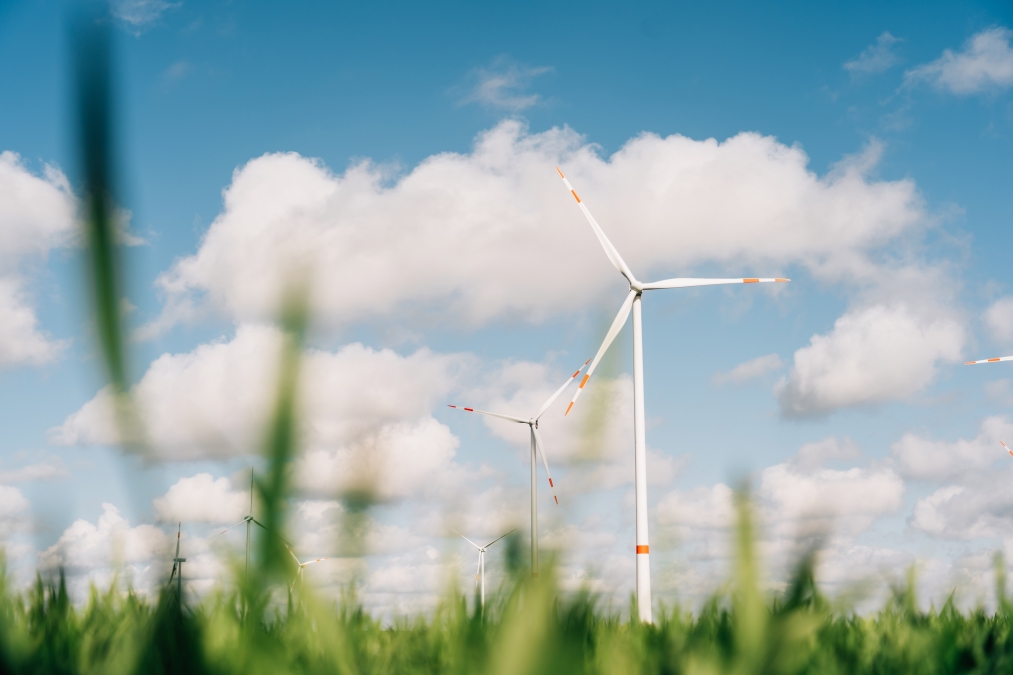
The energy flow in the ENERTRAG Verbundkraftwerk®
The path of energy from the wind turbine to utilization
How does an ENERTRAG Verbundkraftwerk® generate energy?
ENERTRAG Verbundkraftwerk® generates electricity from wind energy and photovoltaic systems. This flows directly into the transmission grid. The part of the energy that cannot be fed in directly is stored and converted. For this purpose, the electricity generation plants in the ENERTRAG Verbundkraftwerk® is linked to electricity storage systems, electrolyzers, heat storage systems and hydrogen reconversion plants. Thanks to the storage systems, the ENERTRAG Verbundkraftwerk® can supply energy reliably, predictably and in line with demand at all times. All components are networked, digitally monitored and centrally controlled.
The path of energy
The energy stations
Conclusion: a reliable energy supply despite fluctuating production from wind and sun
- Storage systems absorb surplus energy and release it again when required. The ENERTRAG Verbundkraftwerk® always produces renewable energy in line with demand and predictably.
- The feed-in to the public grid is much more stable than with individual plants or individual wind fields.
- The public grid is significantly better utilized because the fluctuations in generation do not even reach the grid.

The ENERTRAG Verbundkraftwerk® Uckermark
The energy future has already begun on 40 square kilometers in the Uckermark region. Here, the prototype of the ENERTRAG Verbundkraftwerk® demonstrates in practice that the systemic networking of individual components can completely replace conventional fossil-fuelled power plant sites. Modular, scalable and globally realizable.

The ENERTRAG Verbundkraftwerk® Uckermark in detail
Learn more about the individual components of the ENERTRAG Verbundkraftwerk® and gain insights into project planning, construction and operation.









